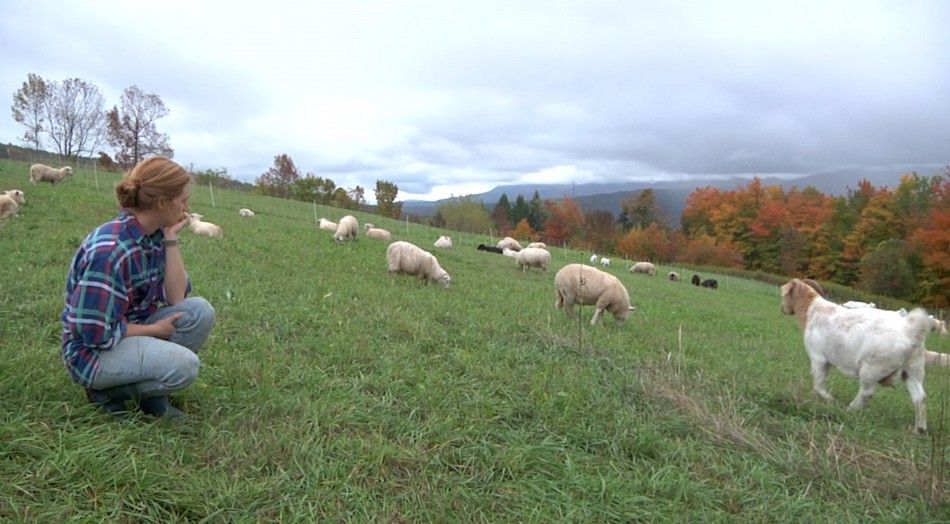Humane Slaughter and Environmental Sustainability
Environmental sustainability extends to the stewardship of both nature and animals. Rather than having an anthropocentric stance in which humans are thought to exercise their dominion over animals, you are invested in advocating for a human/nature symbiosis in which humans are not dominators but stewards. It is the nature of stewardship to not intentionally or unnecessarily inflict pain on sentient creatures. The animals are in the steward’s care, and the steward is responsible for the quality of life of the animals. What is often overlooked, however, is the responsibility of the steward for the quality of death of the animals.
 The larger industrial processing plants are equipped to utilize all of the animal by-products, like using the blood for nitrogen fertilizer and the bones for phosphorus fertilizer. Some facilities will send some animal parts, particularly fat, to a renderer. Some, although very few, will compost them. All too many, however, just have blood go down the drain and other parts classified as waste.
The larger industrial processing plants are equipped to utilize all of the animal by-products, like using the blood for nitrogen fertilizer and the bones for phosphorus fertilizer. Some facilities will send some animal parts, particularly fat, to a renderer. Some, although very few, will compost them. All too many, however, just have blood go down the drain and other parts classified as waste.
 To learn more about this topic, the following resources are recommended:
To learn more about this topic, the following resources are recommended:
Cross, Sue. “Slaughterhouse Waste – It All Has to Be Dealt With: A Case for the Vegan Option Continued,” Huffington Post, 14 February 2013, link to article
Jayathilakan, K., Khudsia Sultana, K. Radhakrishna, and A. S. Bawa. “Utilization of byproducts and waste materials from meat, poultry and fish processing industries: a review.” Journal of Food Science Technology. 2012 Jun; 49(3): 278–293, link to article
